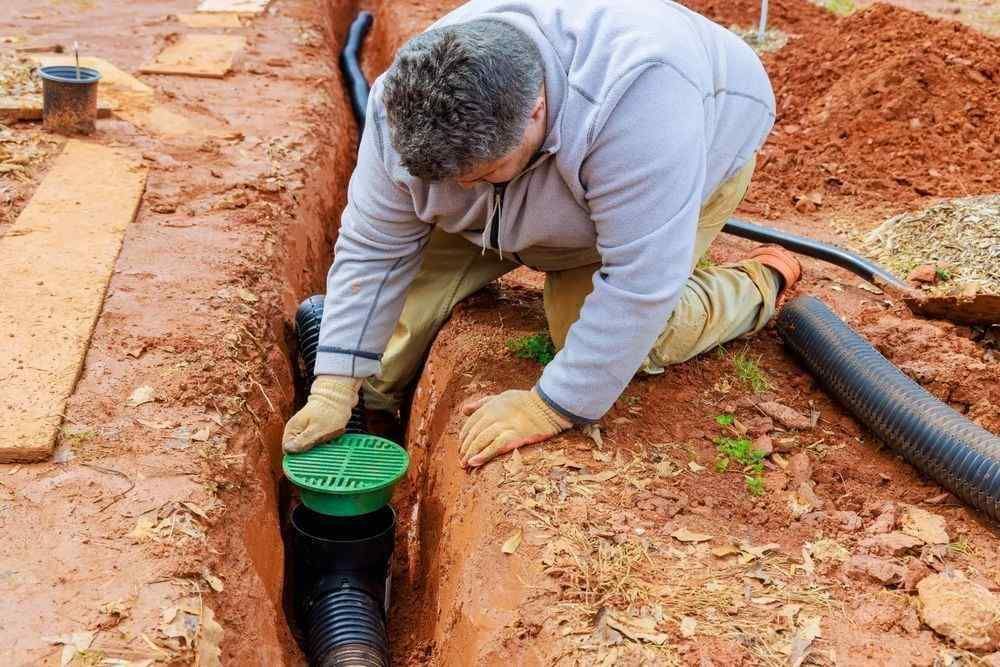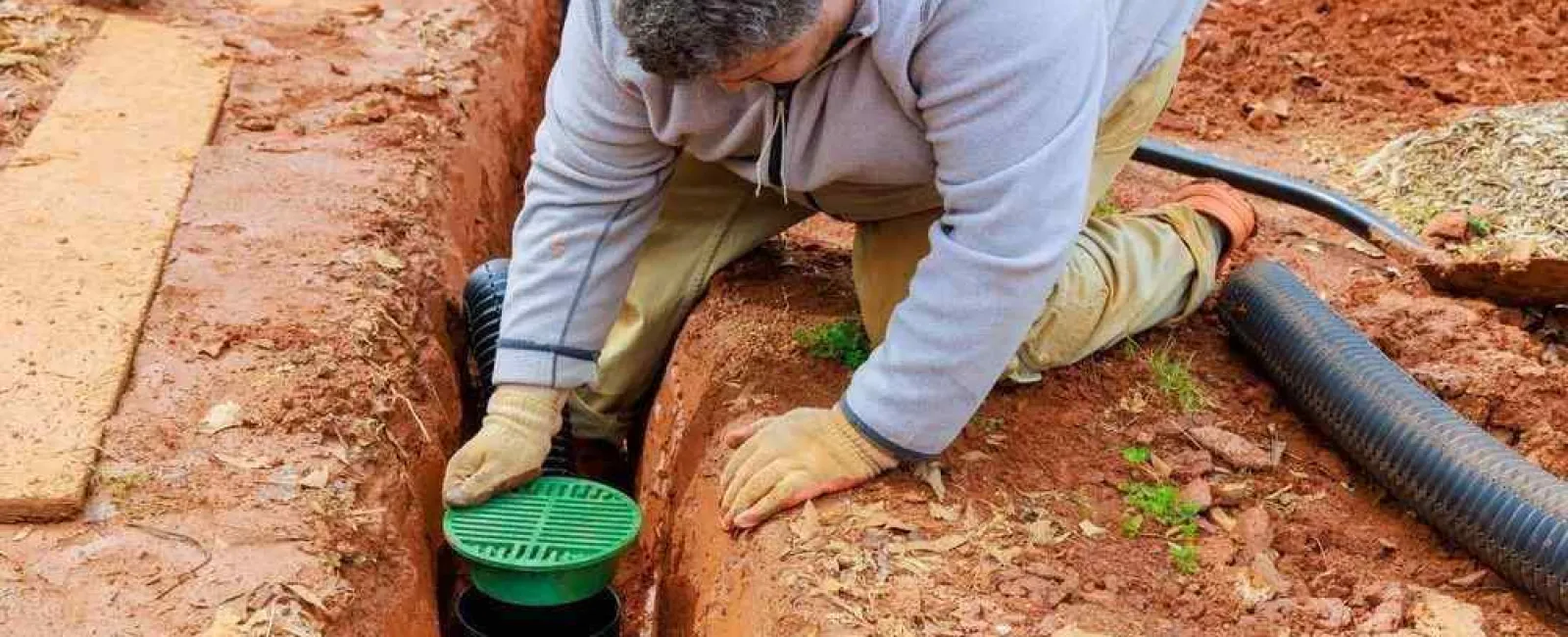
What is the Fill Line in a Septic Tank?
A septic tank does not have a "fill line" for measuring fullness; instead, it has a normal operating liquid level determined by the height of the outlet pipe. This level should remain constant, with liquid flowing out to the drain field at the same rate it flows in from the house. When people refer to a "septic tank fill line problem," they are typically describing an abnormally high or low liquid level within the tank, which signals a serious system malfunction. The space above the liquid allows for the accumulation of scum, while solids settle at the bottom as sludge.
How to Check Your Septic Tank's Liquid Level
To check the liquid level in your septic tank, locate and safely open the main access lid or the smaller inspection ports. The normal liquid level should be even with the bottom of the outlet pipe, which is the pipe leading away from the tank to the drain field. If the liquid is significantly above this point, the tank is overfull. If the level is noticeably below the outlet pipe, the tank may be leaking. This visual inspection provides a clear indication of potential septic fill line or tank issues.
Common Septic Tank Fill Line Problems
High Liquid Level (Overfull Tank)
A septic tank liquid level rising above the outlet pipe is a critical sign that effluent is not draining correctly. This is the most frequent "fill line" issue and points to a blockage downstream. Common causes include a clogged effluent filter at the outlet baffle, saturated soil in the drain field preventing absorption, compacted soil from vehicles, or a buildup of solid waste (biomat) in the drain field pipes, which stops the flow of water. This problem requires immediate attention to prevent sewage from backing up into your home or surfacing in your yard.
Low Liquid Level (Leaking Tank)
A liquid level that is consistently below the outlet pipe indicates a leak in the septic tank itself. This problem can be caused by cracks in concrete or fiberglass tanks, a damaged seal around a pipe penetration, or deterioration of the tank walls due to age or shifting soil. A leaking septic tank is an environmental hazard, as it releases untreated wastewater directly into the ground, potentially contaminating groundwater.
Inlet and Outlet Septic Line Blockages
Blockages can occur in either the inlet or outlet fill lines of a septic tank. An inlet line clog, typically caused by flushing non-degradable items or a buildup of grease, will cause wastewater to back up directly into the home's plumbing. An outlet line clog, often from solids escaping an unmaintained tank or a blocked effluent filter, will cause the tank's liquid level to rise and can lead to drain field failure.
Signs You Have Septic Fill Line Problems
Indoor Warning Signs
Slow drains throughout your house, gurgling sounds from toilets and sinks, and plumbing backups are the first indicators of a problem with your septic fill lines. These symptoms suggest that wastewater cannot flow freely from the house to the septic tank, or from the tank to the drain field, often due to a clog or an overfull tank.
Outdoor Warning Signs
Sewage odors near the septic tank or drain field are a clear sign of a leak or system failure. You may also notice unusually lush, green grass over the drain field, standing water, or soggy patches in the yard. These outdoor signs point to effluent escaping the system from a damaged septic line or a failed drain field that can no longer absorb treated wastewater.
Septic Line Repair vs. Septic Line Replacement
When Septic Line Repair is an Option
Septic line repair is suitable for resolving specific, isolated issues. This can include hydro-jetting to clear severe clogs caused by grease or sludge, patching a single leaking joint, or replacing a broken outlet baffle or effluent filter. If the problem is a localized blockage or a minor leak in an otherwise sound pipe, repair is a cost-effective solution.
When Septic Line Replacement is Necessary
Septic line replacement is required when the pipes are structurally compromised beyond repair. This includes situations where tree roots have crushed or infiltrated large sections of the fill lines, older clay or cast-iron pipes have corroded and collapsed, or the entire drain field has failed. Replacement is a more significant investment but is essential for restoring the long-term function and safety of your septic system.
Preventive Maintenance for Septic Fill Lines
Schedule Regular Tank Pumping
Pumping your septic tank every 3-5 years removes the accumulated sludge and scum layers. This prevents solids from building up to the point where they can enter and permanently clog the outlet fill lines for the septic tank and the drain field, which is the leading cause of system failure.
Clean the Effluent Filter
Many modern septic systems have an effluent filter in the outlet baffle to trap fine solids before they reach the drain field. This filter must be cleaned every 6-12 months. A clogged filter is one of the most common causes of high "fill line" levels and sewage backups, but it is also one of the easiest problems to prevent.
Protect Your Drain Field
The health of your drain field is directly connected to the function of your septic fill lines. Never drive or park heavy equipment over the drain field, as this can compact the soil and crush underground pipes. Divert rainwater runoff from roofs and driveways away from the area to prevent soil saturation.
When to Call Scorpion Septic
If you notice any signs of septic tank fill line problems, from slow drains to pooling water in your yard, it is crucial to call a professional immediately. Scorpion Septic provides expert diagnosis for all septic fill line issues. We can determine if you need a simple septic line repair or a full septic line replacement and provide a clear, upfront estimate.
Free Pump-Out with Major Septic Repairs
At Scorpion Septic, we help you save on crucial maintenance. We offer a free septic tank pump-out with any major repair service. This ensures that when we fix your septic line, your entire system gets a fresh start, preventing immediate future problems and extending its lifespan. Contact us today for a reliable inspection and service.

